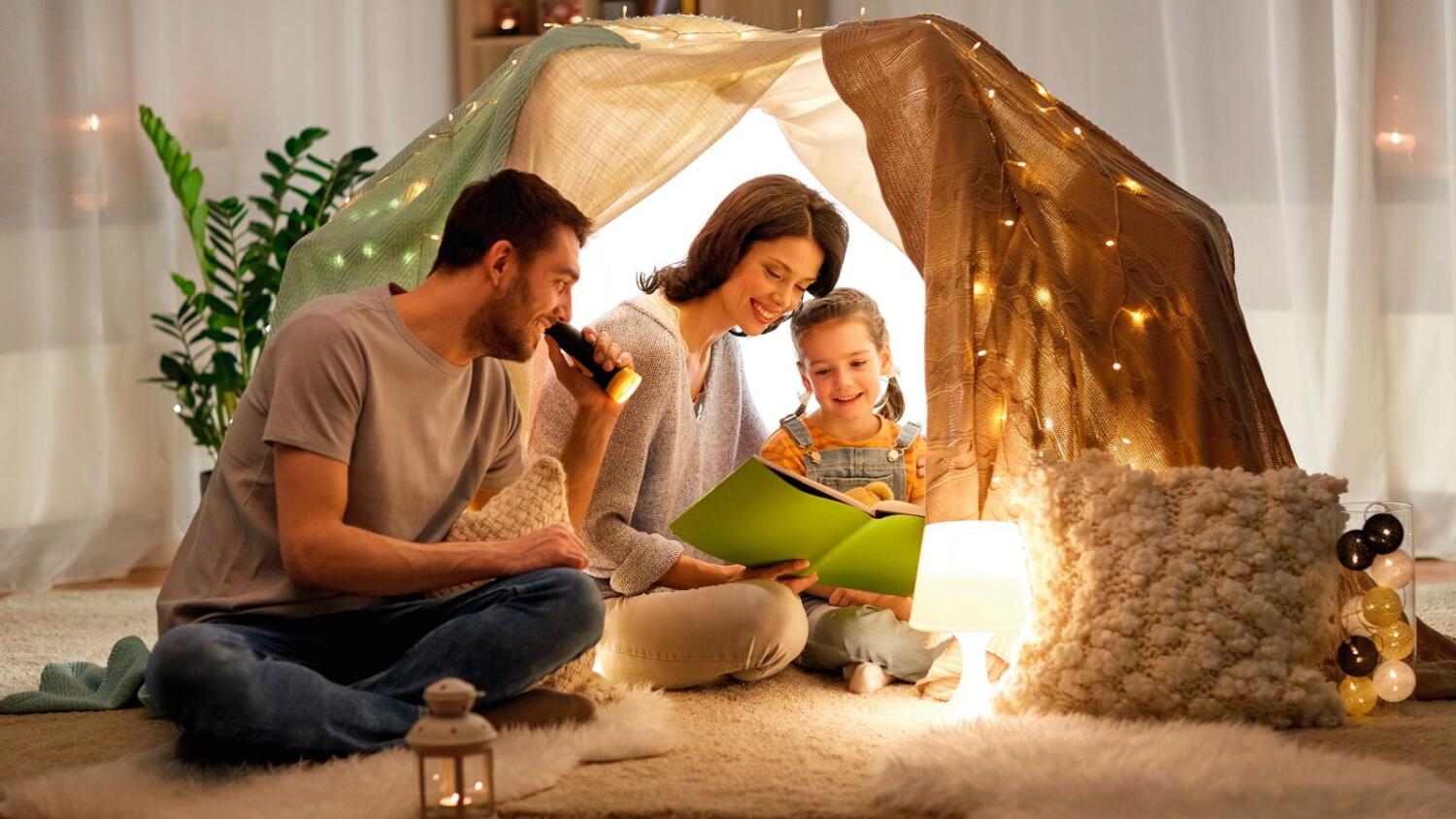Emirati Jiu-Jitsu stars win 23 medals, athletes grab 11 medals, and People of Determination excel with 14 medals
Why are we drawn to old world romance? Bridgerton author explains
The hit Netflix show has renewed spotlight on historical romances. Julia Quinn, author of the bestselling Bridgerton series whose OTT adaptation is soaring in popularity, talks about her journey through writing the bestselling novels

Had American showrunner Shonda Rhimes not fallen in love with the Bridgerton series of Julia Quinn — her real name is Julie Pottinger — the queen of historical romance novels would have had to be content with occupying the best-seller’s list. The plot revolves around England’s Regency era, where eight close-knit siblings of the powerful Bridgerton family attempted to find love.
A saga that is now going to have a second season.
How did Quinn start writing these historical romance novels — 38, including novellas, and short stories, at last count — that have reached the New York Times Best Sellers list 19 times, have been translated into 43 languages and have sold millions of copies worldwide (eight of those novels have been the Bridgerton series). Was it accidental?
Quinn says, “I didn’t necessarily think I’d do it for a living. I started writing towards the end of my university, mostly because I like to read. I was writing my first novel around the time I was applying to medical school. I ended up getting accepted into Yale medical school in the same month I landed a publishing contract.”
Quinn grew up primarily in New England and also studied art history at Harvard University prior to her admission to Yale medical school. Eventually, she went to “the medical school for only three months, and I have been writing ever since”.
The heroines in her novels — from The Viscount Who Loved Me to How to Marry a Marquis? And “It’s in His Kiss — are feisty women who love rakish aristocrats in England’s Regency era.
Quinn doesn’t quite remember how she came up with the concept of the Bridgerton, as she had written them in 1998. Initially, she says, she wanted to “write three books — about the heroine, who came from a large family and gave her seven brothers and sisters”. The series just took off, and people loved it.
So, Lady Whistledown — the youngest daughter of Penelope Featherington, who is a hopeless romantic with a big heart — became an overnight rage.
Rhimes popped up in Quinn’s life in January 2017. “I was sitting at a Starbucks in Seattle. My agent called, which was a surprise. Usually, he emails me. He said I had the most interesting phone call from (Shonda) Rhimes. She wanted to know if the Bridgerton books are available to be adapted. I replied (gleefully), of course, they are available. Between that phone call and when the deal was announced it was probably a year and a half, and it was difficult to keep it a secret. It was a dream come true. We didn’t go shopping for the book. She came across the book. It was the luckiest thing in the world for me,” she recalls. Historical romances as a genre seldom gets adapted on screen. In fact, Bridgerton is the first. Quinn illustrates a couple of reasons. “Historical romantic novels are a stepchild of the publishing industry and we don’t get a lot of respect. The entertainment industry is primarily run by white men and they want to adapt stuff that they think are edgy, cool, and hip. These novels are not on their radar because they had stigma till Rhimes came forward,” she says.

Rhimes was clear in her head. She wanted to adapt the Bridgerton series because she felt that there is an audience out there, who are interested in these books. The other case in point, she says, “if somebody wanted to do a period piece, they wanted to do Jane Austen again.” Perhaps, this has got to do with snobbery till Rhimes got into the act. So, what’s the difference between Austen and Quinn?
It’s the same England’s Regency era that Quinn writes about and Austen (1775-1817) herself lived in. Hollywood, she explains, isn’t all that keen on period pieces because “they are expensive”.
But Rhimes’s experimental big act has been a shot in the arm for the literary genre and Quinn. “I, certainly, got a lot newer readers. I’ve teenagers and 80-year-old women who are my readers. It’s mostly women, though. What’s interesting is that more men are watching the Netflix series because their wives or girlfriends are watching them. Then, they get hooked and they love it,” she says.
Quinn pays her tribute to Jane Austen as a literary figure, “who had led the groundwork for the historical romantic novels”.

What was her initial reaction when she heard that Julie Andrews would be the voice of Lady Whistledown — the gossip columnist who spreads scandal around “the ton”, as high society London was called back in the day? “I had no words to explain… And I write for a living. It was the most amazing thing even though I’ve never met her (owing to the pandemic,” she signs off.
joydeep@khaleejtimes.com
More news from
The first of seven phases, Friday's vote covered 166 million voters in 102 constituencies across 21 states and territories
The unique showcase brings together a diverse lineup of comedians from India and Pakistan, promising an hour of non-stop entertainment
Work teams across all customs centres continued to process cargo clearance and inspections
The UN chief urges international community to work together to prevent any actions that could push the entire Middle East over the edge
This punishment sent out a message to all teams of the importance of maintaining a healthy pace throughout a match
Only 10 of Gaza's 36 hospitals are currently even partially functioning
The updated Meta AI assistant will be given more prominent billing within Meta's Facebook, Instagram, WhatsApp and Messenger apps











